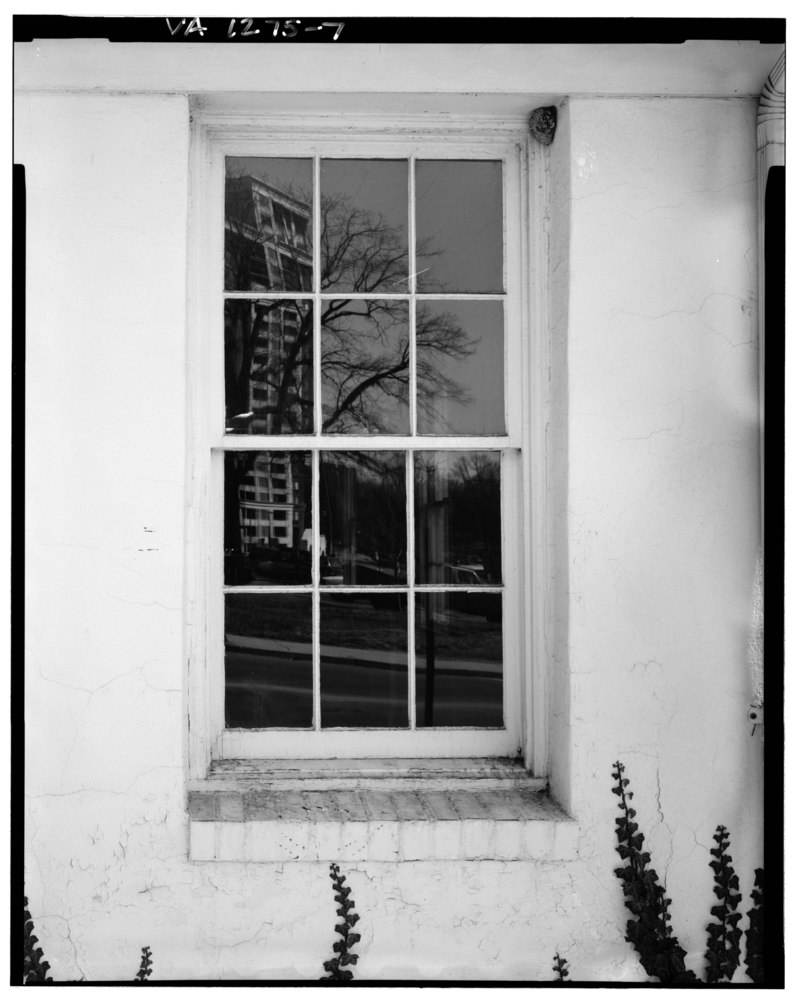Windows play a significant role in defining the character of our homes. Their size, shape, and style greatly contribute to a property’s overall aesthetic appeal. While there are many types of windows available today, two common styles that often leave homeowners perplexed are sash windows and casement windows. Even though they serve the same function, their designs and operations differentiate them significantly.
Introduction to Sash Windows
Sash windows are traditional-style windows that have been popular since the 17th century. The characteristic feature of a sash window is its ability to slide vertically (and sometimes horizontally) within its frame. Thanks to their elegance and timeless appeal, sash windows continue to be a sought-after choice for period properties and new builds alike.
Operating Mechanisms
The operation of sash windows is facilitated by a unique mechanism involving weights, cords, and pulleys. The weight counterbalances the heavy window sashes, enabling smooth and controlled movement. This design allows you to open one or both of the window sections according to your needs.
Varieties of Sash Windows
Sash windows come in several varieties including single-hung sashes (where only one section moves), double-hung sashes (where both sections can move), and horizontal sliding sashes. This variety makes them adaptable to different architectural styles and personal preferences.
Benefits of Sash Windows
Apart from their vintage charm, sash windows offer several benefits. They provide excellent ventilation control as you can adjust the openings according to your preference. Moreover, because they do not swing outwards like casement windows, they take up less space, making them a good choice for smaller areas or places with high foot traffic.
Drawbacks of Sash Windows
Despite their various advantages, sash windows have a few drawbacks. They can be more challenging to clean owing to their complex construction. Additionally, they may be less thermally efficient than other types of windows unless adequately insulated and maintained.
Introduction to Casement Windows
Casement windows date back to the medieval times and remain popular today. Unlike sash windows, casement windows are hinged at the side and open outwards, much like a door. They are usually operated by a crank, handle, or lever.
Operating Mechanisms
The movement of casement windows is facilitated by rotatable handles or levers that swing the window open and closed. Dropping the handle downward locks the window securely in place, offering added security.
Varieties of Casement Windows
The scope of design options with casement windows is virtually limitless as they can be customized to suit any architectural style. They can be single or double; meaning they can either have one large pane that swings open or two smaller ones hinged on either side.
Benefits of Casement Windows
Casement windows offer several advantages. They provide excellent ventilation as the entire window opens, allowing fresh air to flow freely into your home. In addition, they often provide better views because there are no horizontal rails obstructing the sightlines.
Drawbacks of Casement Windows
Casement windows also come with few drawbacks. Because they swing outwards, they may not be suitable for locations where space is limited, such as narrow walkways or patios. Also, their hinges and crank mechanisms can wear out over time, requiring regular maintenance and potential replacement.
Sash Windows vs Casement Windows
The choice between sash windows and casement windows depends on numerous factors including the style of your property, ventilation needs, view preferences, space constraints, budget, and maintenance willingness. While sash windows infuse a classic appeal to your home, casement windows offer modern simplicity. In essence, both types have their own set of features and drawbacks—your personal preference ultimately dictates your choice.
Conclusion
Whether you opt for the timeless sophistication of sash windows or the contemporary elegance of casement windows, both deliver unique style statements and functional benefits. The key is to consider your personal and property needs to make the most informed choice. Hopefully, this detailed comparison has brought you one step closer to deciding which window type is perfect for your home.
